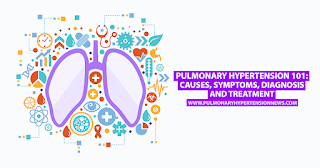Pathogenesis of pulmonary hypertension caused by left heart disease

pulmonary mycobacterium avium complex infection :: Article Creator Pope Francis To Stay In Hospital As Doctors Treat His 'complex' Infection By NICOLE WINFIELD, Associated Press ROME (AP) — Pope Francis' respiratory tract infection is presenting a "complex clinical picture" that will require further hospitalization, the Vatican said Monday as concerns grew about the increasingly frail health of the 88-year-old pontiff. Vatican spokesman Matteo Bruni said the results of tests conducted in recent days and Monday indicate the pope is suffering from a "polymicrobial respiratory tract infection" that has necessitated a further change in his drug therapy. There was no timeframe given for his hospitalization, which has already sidelined him for longer than a 2023 hospitalization for pneumonia. Bruni said the complexity of his symptoms "will require an appropriate hospital stay." Francis was admi...






